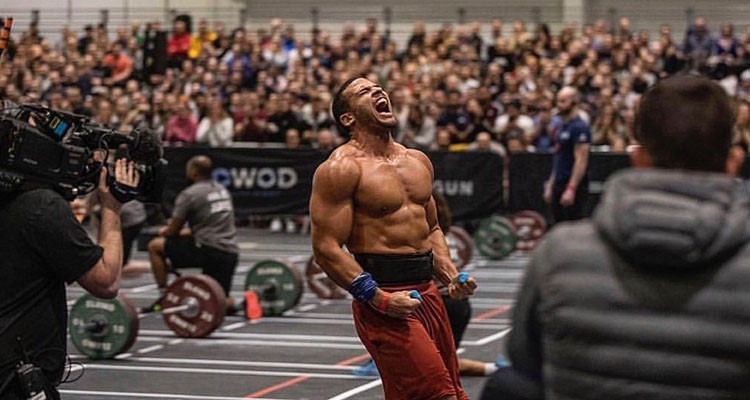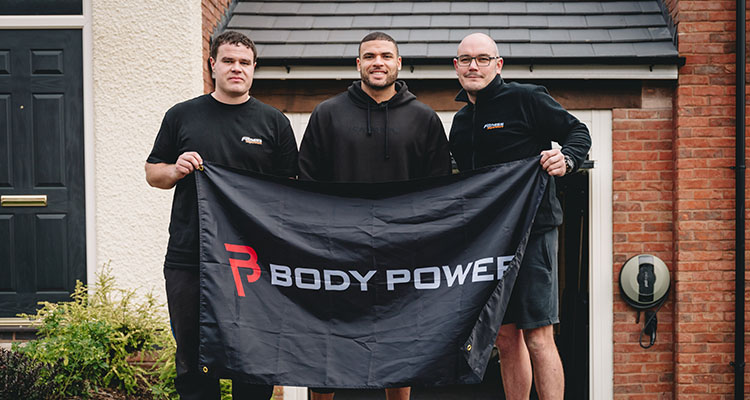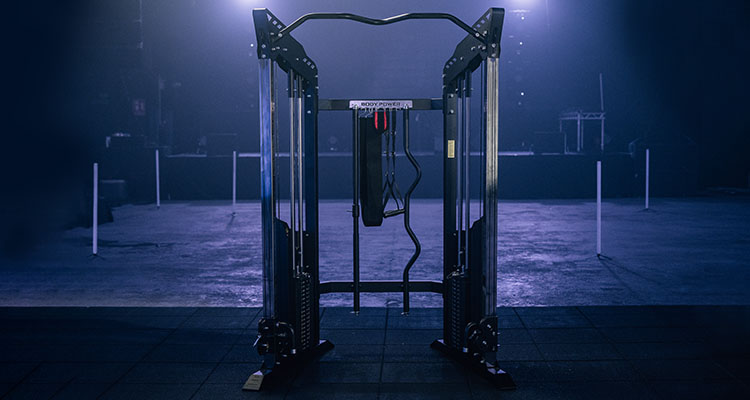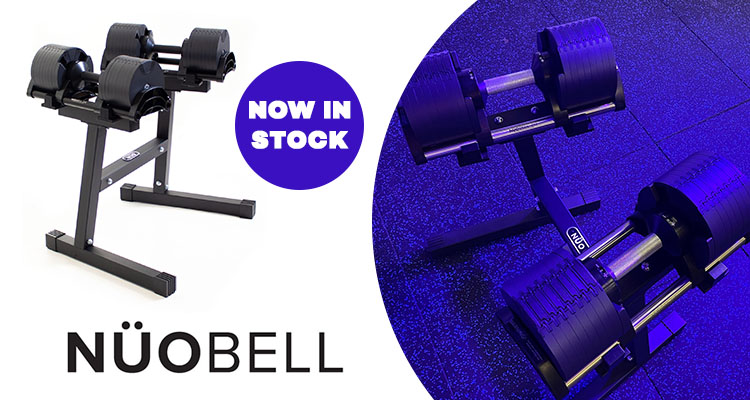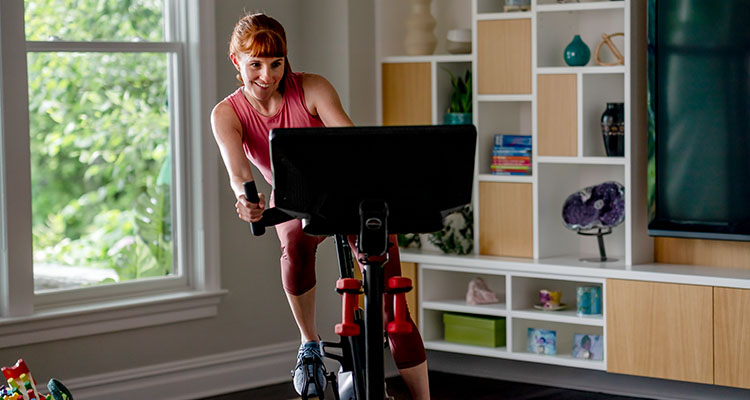Which strength training machine is for you?
Knowing what to buy when it comes to strength training machines can be a bit of a minefield. Multi-gyms, smith machines, power cages, leverage systems. What’s what, and which one should you be buying? Read on for our explanation of the different types of strength apparatus to help you demystify the options.


Multi-gyms
Multi-gyms will look very familiar to anyone who’s been inside a gym. They tend to offer 6-8 fixed movements on a set plane of movement. What this means is, essentially, you can’t go wrong because the exercises are supported. You cannot drop the equipment on yourself as everything is “fixed”. This means you do not need a spotter (a partner to assist you). This is why they’re very popular in gyms – they can be used by anyone, whether a complete newbie, or an experienced weight trainer. Multi-gyms will have a weight stack, with weight ranging from low to high, catering to different strengths. The weight options and exercises will vary, depending on the machine. Weight stacks will generally offer up to 95kg of weight and start from as little as 2kg. Multi-gyms are particularly well suited to newbies as the exercises are there for you. Incredibly user-friendly, you do not need to devise a workout plan or be clued up on weight training. Many multi-gyms offer enough exercises to provide a “total body” strength workout (though note that this does not include deadlifts or squats). Compact multi-gyms are brilliant when you’re short on space. These multi-gyms have been cleverly designed to be compact without compromising on exercise options. Standard multi-gyms are slightly larger and sturdier, while multi-stack multi-gyms, whilst taking up more space, offer far more exercises and the option for multiple users to work out simultaneously. These are a great option if you like to train with a partner. Many multi-gyms will also offer extensions, or add-ons such as a leg press. Make sure you opt for one of these if you want more variety. Choose a multi-gym if:- you’re not a big lifter wanting to progress to super heavy weight or compete
- you’re new to lifting
- you want exercises provided for you.
Leverage Gyms
Leverage gyms are similar to multi-gyms in that they offer assisted movement and can work the entire body. The difference is that they are plate-loaded, rather than having a weight stack and allow you to go heavier as you are using weight plates to stack the machine, rather than a fixed weight stack. Choose a leverage gym if:- you’re not a big lifter wanting to progress to super heavy weight or compete
- you want the option to lift a little heavier than 95kg (approximate limit on multi-gyms)
- you want assisted movement.
Power cages
Although at a quick glance they might not look like they do much, power cages are actually more advanced than multi-gyms and offer more options. Unlike multi-gyms, which deliver multiple fixed exercises, power cages offer complete freedom of movement. This means that you need to know the moves you want to perform. There is more responsibility on you, and a power cage will require you to use a barbell with weights, which are not usually provided with the power cage. A power cage does not use a weight stack. Weight load capacities are higher than on multi-gyms, so you are able to lift heavier and progress further. There are many add-ons for power cages, from lat bars to utility benches. These may or may not be included when you buy the product. Power cages comes with safety features, which reduces the risks of injury. The exercises you can perform on a power cage include: chest press, back squat, seated shoulder press (a bench is required), pull ups, dips, deadlifts and more. Choose a power cage if:- you are an experienced lifter – a power cage is not suited to a newbie weightlifter
- you want to lift heavier (multi-gyms offer approximately a 95kg weight stack)
- you want freedom of movement
- you want more advanced training with responsibility on you.
Multi-Press Racks
Multi-press racks generally offer the same exercise options as power cages, but without the safety element. With no safety assistance, multi-press racks are best suited to advanced weight trainers who are well aware of their limits and have been training for an extended period. Note that you cannot perform dips on a multi-press rack.Smith Machines
Smith machines are the safest way for serious weight lifters to work out at home. Although a smith machine may look like a power cage, it offers little to no risk of injury thanks to its set plane of movement and lock-out points. Serious weight lifters want to push themselves to failure in order to build significant muscle mass. Smith machines are so popular because they combine the feeling of free weights with the safety of traditional resistance machines. You can perform a wide range of exercises, such as lat pulldowns, upright rows, squats, military press, pull ups, seated rows, bench press, shrugs, bent over rows, curls and more. Choose a smith machine if:- you’re an experienced lifter
- you want to lift heavier (multi-gyms offer approximately a 95kg weight stack
- you want the feel of free weights training combined with a safety element.



